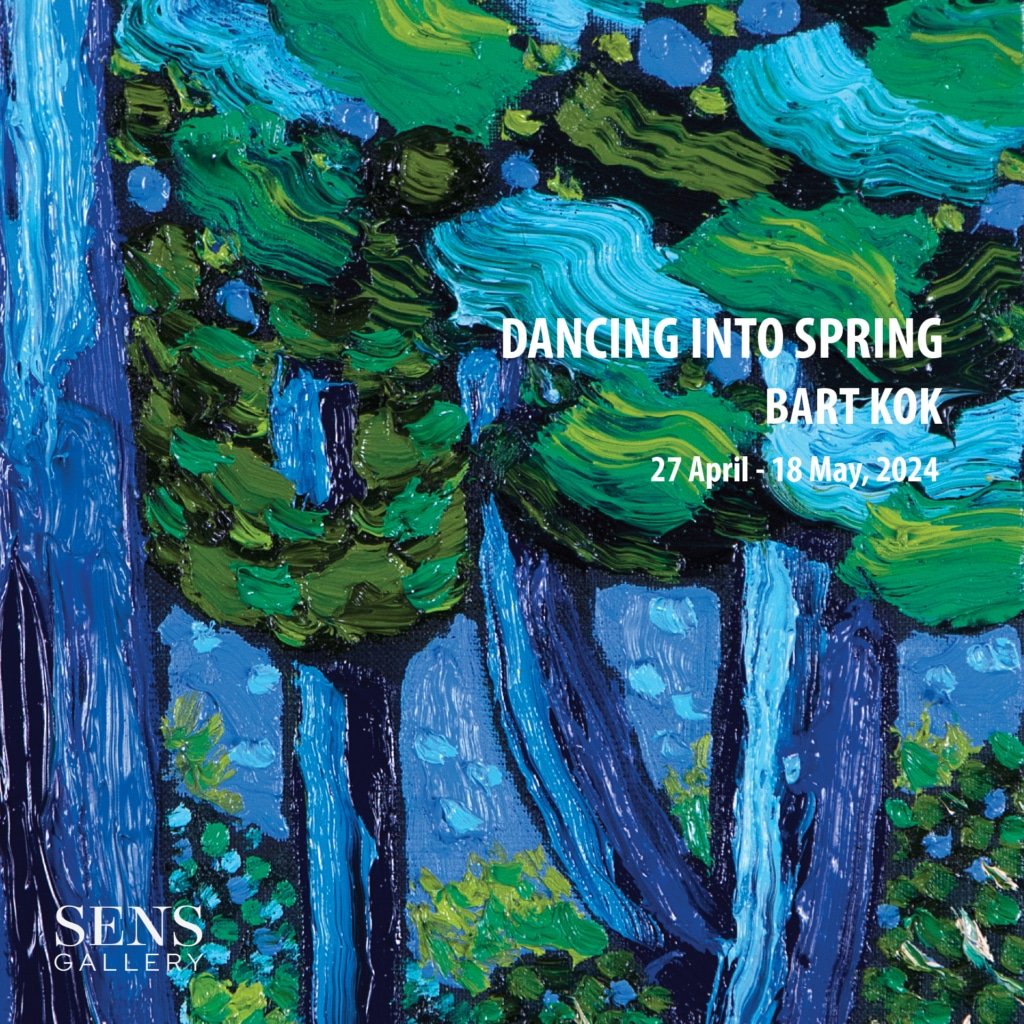
- This event has passed.
Private to Public: The History of Chinese Art Collecting in Hong Kong
2 July 2022 - 2 July 2023
EVENT DESCRIPTION
Beginning in the late nineteenth century, Hong Kong became a hub for collecting Chinese art as it emerged as a prosperous metropolis. At first held in private hands, many collections have now become accessible to the public. Donations have been made to public museums, private museums have opened around the city, and exhibitions of important collections have been organised locally and internationally. This exhibition is a survey of over a century of Chinese art collecting in Hong Kong. It examines the development of local collections and museums, and pays homage to the collectors, scholars, curators, and enthusiasts who have promoted Chinese culture, both at home and abroad.
Section One: The section takes the audience back in time to Hong Kong in the late nineteenth and early twentieth century. The most popular and distinctive type of art which fascinated collectors of the period was “trade art” made for overseas markets. Combining Western and Chinese techniques and aesthetics, trade art reflects Hong Kong’s unique nature as a place where different cultures blend as well as its position within major maritime trade networks connecting China and the world. While export paintings were popular, other forms of trade art, such as porcelain and silverware, were also sought after.
Section Two: The section features objects with Qing court associations collected by these newcomers and later donated to public museums. These works not only illustrate the shift of paradigm of the period but also reflect the long-standing connection between Hong Kong and the Forbidden City.
Section Three: The section recapitulates the “Museum Age” of Hong Kong by showcasing objects from the earliest collections of the Fung Ping Shan Museum of Chinese Art and Archaeology (now University Museum and Gallery, University of Hong Kong), City Hall Museum and Art Gallery (predecessor of the Hong Kong Museum of Art), and Art Museum, The Chinese University of Hong Kong.
Section Four: The 1970s marked the beginning of an increasingly vibrant and dynamic era for Hong Kong museums and collectors as the city played an increasingly important role in the field of Chinese art on the world stage. Previously neglected collecting genres, such as hardwood furniture and Yixing ceramics, began to be noticed around the world as a result of the efforts of visionary Hong Kong collectors and scholars. This section celebrates their trailblazing visions and achievements.
ABOUT THE ARTIST / ORGANISER
The Hong Kong Palace Museum aspires to become one of the world’s leading cultural institutions committed to the study and appreciation of Chinese art and culture, while advancing dialogue among world civilisations through international partnerships. The Museum is a collaborative project between the West Kowloon Cultural District Authority and the Palace Museum, which is funded by The Hong Kong Jockey Club Charities Trust with a donation of HK$3.5 billion for its establishment, as well as some of the annual exhibitions and education programmes in 2023-2031.Embracing new curatorial approaches, the Museum will offer a Hong Kong perspective and a global vision, presenting the finest objects from the Palace Museum and other important cultural institutions around the world. Through innovative research and travelling exhibitions, as well as educational, cultural, and professional exchange programmes, the Museum will build international partnerships and help position Hong Kong as a hub for art and cultural exchanges between China and the rest of the world. As a world-class institution, the Museum is, at heart, a cultural resource that belongs to the community of Hong Kong. And as a dynamic platform, it will inspire community engagement, foster dialogue and partnerships, and promote creativity and interdisciplinary collaboration.
Venue
You may also like
Leave a Reply Cancel reply
You must be logged in to post a comment.



